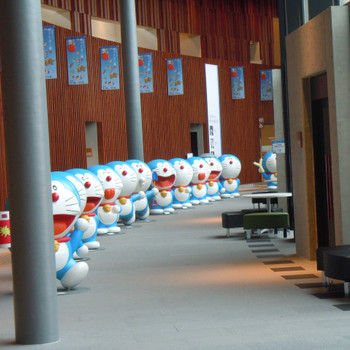What are cinematic conventions?
1 Answer
There are a number of cinematic conventions so the medium does not interfere with the telling of the story. Also how the film techniques can enhance the story telling process.
Explanation:
Generally the camera is at eye level most of the time and the camera does not cross the axis during a scene. Normally cinematic film making is done with one camera and all the shots are set up for one camera view point at a time. This is not to say that multi-camera scenes don't occur, but generally the story is planned and told to a single camera. These things set up a "normal" world for the story of the film to told in.
Alfred Hitchcock was a master at using techniques to enhance a part of a story. He invented a rig for a camera that zoomed and pulled focus simultaneously to create a vertigo effect for his film "Vertigo". His use of very long continuous takes for "Rope".
Cinematic conventions can also refer to the distinct acting, directing and story telling process of film. Film is a "hot" medium, meaning it can bring out strong emotional responses. It is quite different than television which is a colder medium.
By watching a lot of film in the large screen format you can build up experiences of cinematic conventions. The writing, direction and acting found in Kurosawa's "Seven Samurai" has been translated into the American cinema classic "The Magnificent Seven". One is a "copy" of the other. There are significant similarities in the films and both were very popular even though they existed in very different cultures.
The modern movie "Star Wars Rogue 1" has parallels to "Seven Samurai"

